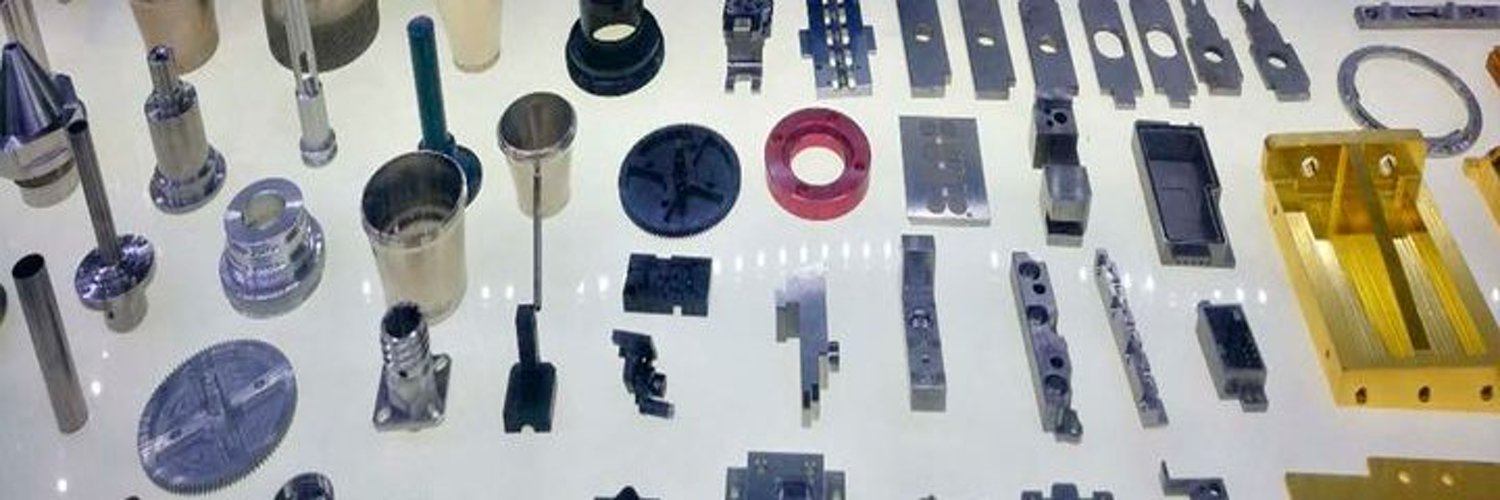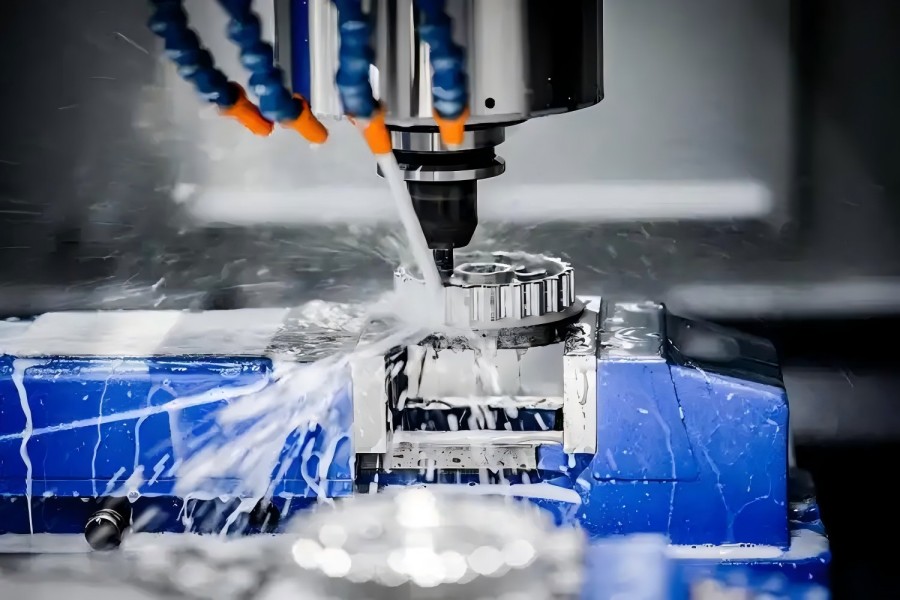Support Categories
Contact Us
020-86988980
- Guangzhou Sinoth Import and Export Co., LTD
Tel: 020-8968-8980
Website:www.gzsynoth.com
Email: belinda@dginfa.com(24 hours online)
Phone: +86 189 2740 6786
Address: No 5, Jinshi Three Street, Shiling Town, Huadu District,Guangzhou City, Guangdong Province
Support
Current Location:Home > Support > Support
How to choose materials for making prototype samples
Add Time:2024-04-23
In the early stages of product development,prototype samples are an indispensable tool.The success or failure of prototype production is directly related to the quality of product design and the production effect in the later stage.Among them,the selection of materials is a crucial step in the production of hand boards.This article will delve into how to select suitable materials in the process of making prototype samples to ensure satisfactory results.
1.Determine design requirements
Before selecting the prototype material,it is necessary to first clarify the design requirements of the product.This includes but is not limited to the purpose,appearance characteristics,material requirements,etc.of the product.These design requirements will directly affect the decision to choose suitable materials.
2.Common sample materials for hand boards
a.Rapidly formed plastics
Rapid prototyping plastic is one of the commonly used materials in the production of hand boards,with the advantages of low cost and fast processing speed.Common rapid prototyping plastics include ABS,PC,POM,etc.,which are suitable for hand board samples with relatively simple requirements and low surface smoothness requirements.
b.Silicone
Silicone is an elastic material suitable for making soft and elastic hand boards.It is commonly used in model making and can restore the soft parts of products,such as rubber keyboards,hoses,etc.
c.Metal materials
For products that require a metallic appearance to be displayed,such as mobile phones,computer casings,etc.,choosing a metal material to make a prototype is a good choice.Common metal materials include aluminum alloy,stainless steel,etc.
3.Consider the balance between cost and effectiveness
In the process of material selection,cost and effectiveness are usually complementary.More advanced materials may bring better appearance and performance,but the cost also increases accordingly.When determining the material of the prototype sample,it is necessary to balance cost and effectiveness to ensure that the best results are achieved within an acceptable range.
4.Matching of production process and materials
When selecting materials,it is also necessary to consider the manufacturing process,and different prototype manufacturing processes have different requirements for the materials.For example,there may be differences between the materials required for injection molding and SLA 3D printing.When selecting materials,it is important to consider the manufacturing process used to ensure the compatibility between the materials and the process.
5.Practical application and testing
Ultimately,the selected materials need to undergo practical application and testing to verify their compliance with design requirements.By making prototype samples,assembling and testing,identifying problems and making improvements,we continuously optimize product design.
1.Determine design requirements
Before selecting the prototype material,it is necessary to first clarify the design requirements of the product.This includes but is not limited to the purpose,appearance characteristics,material requirements,etc.of the product.These design requirements will directly affect the decision to choose suitable materials.
2.Common sample materials for hand boards
a.Rapidly formed plastics
Rapid prototyping plastic is one of the commonly used materials in the production of hand boards,with the advantages of low cost and fast processing speed.Common rapid prototyping plastics include ABS,PC,POM,etc.,which are suitable for hand board samples with relatively simple requirements and low surface smoothness requirements.
b.Silicone
Silicone is an elastic material suitable for making soft and elastic hand boards.It is commonly used in model making and can restore the soft parts of products,such as rubber keyboards,hoses,etc.
c.Metal materials
For products that require a metallic appearance to be displayed,such as mobile phones,computer casings,etc.,choosing a metal material to make a prototype is a good choice.Common metal materials include aluminum alloy,stainless steel,etc.
3.Consider the balance between cost and effectiveness
In the process of material selection,cost and effectiveness are usually complementary.More advanced materials may bring better appearance and performance,but the cost also increases accordingly.When determining the material of the prototype sample,it is necessary to balance cost and effectiveness to ensure that the best results are achieved within an acceptable range.
4.Matching of production process and materials
When selecting materials,it is also necessary to consider the manufacturing process,and different prototype manufacturing processes have different requirements for the materials.For example,there may be differences between the materials required for injection molding and SLA 3D printing.When selecting materials,it is important to consider the manufacturing process used to ensure the compatibility between the materials and the process.
5.Practical application and testing
Ultimately,the selected materials need to undergo practical application and testing to verify their compliance with design requirements.By making prototype samples,assembling and testing,identifying problems and making improvements,we continuously optimize product design.



